There are two types of fly anglers: Those who like to pick up rocks and look at the weird stuff they find, and everyone else. If you fall into the former category, you’re probably not even going to read past this sentence because you’re too busy identifying stoneflies and picking apart casings to show off to people who walk by. Godspeed, buggy angler.
Now, if you fall into the latter category, we’re not asking you to take an entomology course at your local community college or revisit AP biology. But, we do think there should be more riverside entomologists in the world and that’s why we’re here today. First, it’ll make you a better angler because you’ll actually be able to identify a trout’s food source and pick a fly that makes sense. Second, and most importantly, you’ll build a deeper understanding of the natural world, seeing the cycle that ends with a trout sipping a mayfly off the surface. It’s a beautiful thing.
So, pick up your bug net and put on your safari hat because we’re hitting the basics of riverside entomology. You can go as deep as you want, but after reading this article, you should be ready to turn over a rock and pretend to be the buggy angler you’ve always dreamt of being.
__
Understanding the Cycle
Before we talk about the types of insects you’ll find on the water, we need to talk about how their life cycle works. Once you can identify the unique stages, you’ll truly be able to understand how trout are feeding and why you’re never getting that hare’s ear nymph deep enough.
Most insects go through the following stages. First, they’re an egg. They sit on the bottom of the river or lake or whatever, and what for their chance at life, as long as they don’t get eaten. Then, they hatch into larvae, which generally resemble a worm of some type, and they’ll drift on or near to the bottom of the water column. Then, the larva spins some sort of cocoon or case and enters the pupa stage. From there, they’ll emerge into an adult stage, heading to the surface so they can buzz around your head while you’re trying to put a 7x tippet through the eye of a hook.

Of course, this is a generalization, but it should give you a basic idea of how this works. Most of a fly’s life unfolds in the larval stage, floating along the bottom of the river. There are some variations. For example, a caddisfly may build a casing for itself out of river debris or spin a weblike net for itself. Or mayflies, have an additional stage after adulthood called the spinner stage when they’re all mated out and fall back to the surface of the water.
Overall, the basic process is this: Larvae exist on the bottom then go to the pupal stage, a hatching pupa called an emerger ascends to the surface, and an adult insect hatches and heads out into the free world—or into a brook trout’s mouth.
Caddis Flies
Caddisflies are small flies with even-length wings that are one of the most common food sources for trout. As a larva, you’ll find them attached to the bottom of rocks and along the bottom of the river, where they build cases out of debris and particles from the river. The small casing is open on both ends until it goes into the pupa stage. The adult fly is dark-colored with wings that form a tent over its body.
Fly Recommendations:
Czech-Mate Nymph
Thrift Shop Caddis
Pheasant Tail Nymph
CDC Emerging Caddis
Bead Head Emerging Sparkle Caddis Pupa
Elk Wing Caddis
CDC & Elk Caddis
Stoneflies
The stonefly is the big game of riverside insects, and a great food source for trout in fast-moving water with rocky bottoms—hence the name. They spend their larva stage hidden on and around rocks, in crevasses clinging to the river bottom, before slowly moving toward the shore where they reach adulthood in the fresh air instead of emerging like a caddisfly. Stoneflies are head to misidentify because they’re substantially larger than most insects you’ll find clinging to a rock on the bottom of a river. They have two tails and two large wings that extend all the way past their back. They’re big, dark-colored, and irresistible to a hungry brown.
Fly Recommendations:
Pat’s Rubber Leg
Tunghead Stonefly
20 Incher
Beadhead Giant Stone
Tactical Soft Hackle
Stimulator

Midges
Midges are an extremely common food source for trout. These small flies look quite a bit like mosquitoes but don’t bite. In the larval stage, they look simply like small worms (the Zebra Midge is a great representation) and then emerge as pupa by riding a bubble to the surface where they hatch as adults. These flies are generally identified by their size and tendency to cluster together in large groups. If you see a swarm of small, black flies with small wings and long legs, get ready for a great hatch.
Fly Recommendations:
Zebra Midge
Griffith’s Gnat
WD-40
Disco Midge
Black Gnat
Mayflies
If you have a picture of “trout food” in your head, you’re probably thinking of a mayfly. These classic-looking insects are fairly easy to identify and are commonly found in many trout streams and rivers. As larva, they exist as swimmers, clingers, crawlers, and burrowers. Generally, it’s not too important to identify which type of larva is on the bottom, but you can find out with a seine. If there are swimmers, then a small woolly bugger could be a great option, for example.
There’s not a pupal stage for the mayfly, instead, they go straight into the emerger stage, which is identifiable by a “husk” that trails off the end of the body. The adults are very recognizable, with large wings that stick straight up and an upward curving tail with two splits at the end. And, as we mentioned earlier, the “spinner” is a near-dead and mated out mayfly that drops to the water for the last few hours (or seconds) of its life. What a way to go.
Fly Recommendations:
Flashback Bead Head Pheasant Tail
Tunghead Prince
Bead Head Hare’s Ear Nymph
RS2
CDC Mayfly Emerger
Krystal Spinner
Parachute Adams
Adams Wulff
March Brown

Terrestrials
Lastly, we have the catch-all category known as terrestrials. We won’t spend too much time on this one because it’s pretty straightforward. If it didn’t spend its young life in the water and you already know how to identify it, then it’s a terrestrial. Some examples include ants, grasshoppers, dragonflies, beetles, and even the occasional mouse, which we realize doesn’t fit into this article, but who cares—trout like to eat them and they don’t care if they’re a but or not.
Fly Recommendations:
Chernobyl Ant
Quick Sight Foam Ant
Chubby Duo Hopper
Dave’s Hopper
Flash Beetle
Mouse Rat
As we said, consider this an introduction to entomology. Obviously, you can spend your whole life trying to figure out how these insects work and why they do what they do. But, armed with these basic descriptions, you can do a pretty damn good job of picking out a fly and tricking a trout into biting. All of a sudden, science class was worth it.


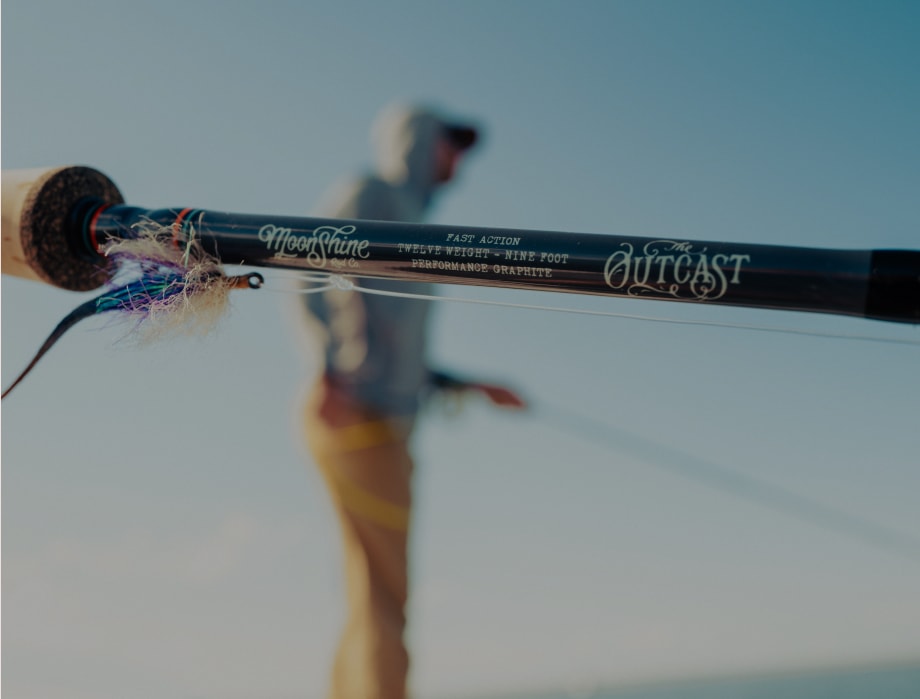
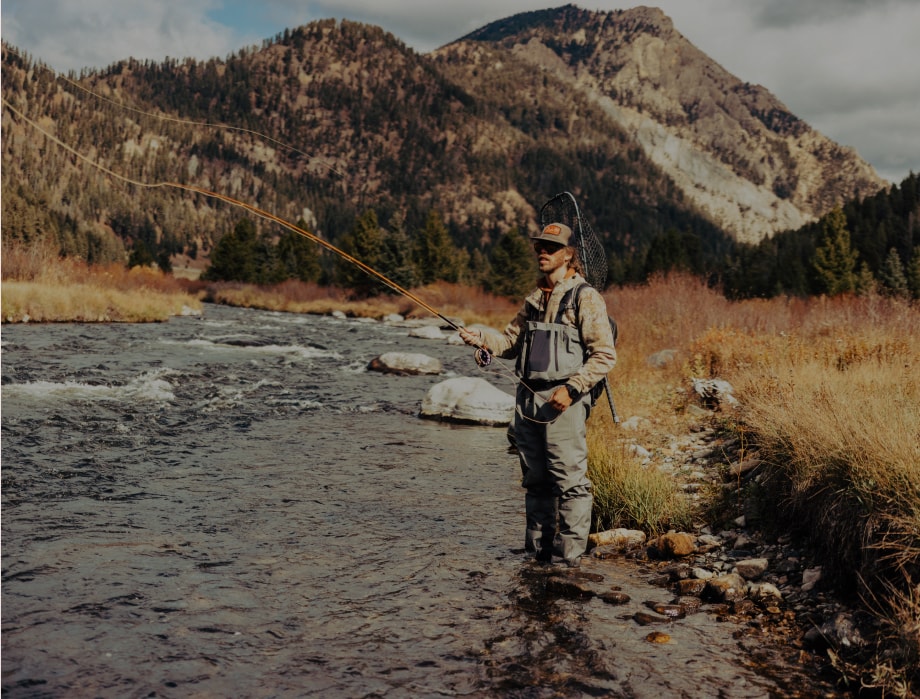
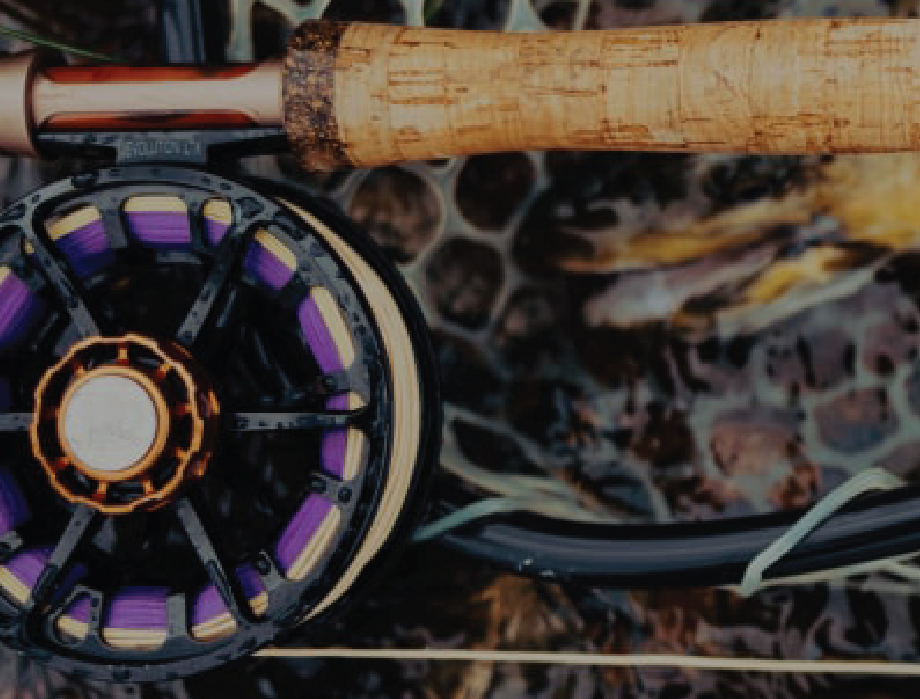


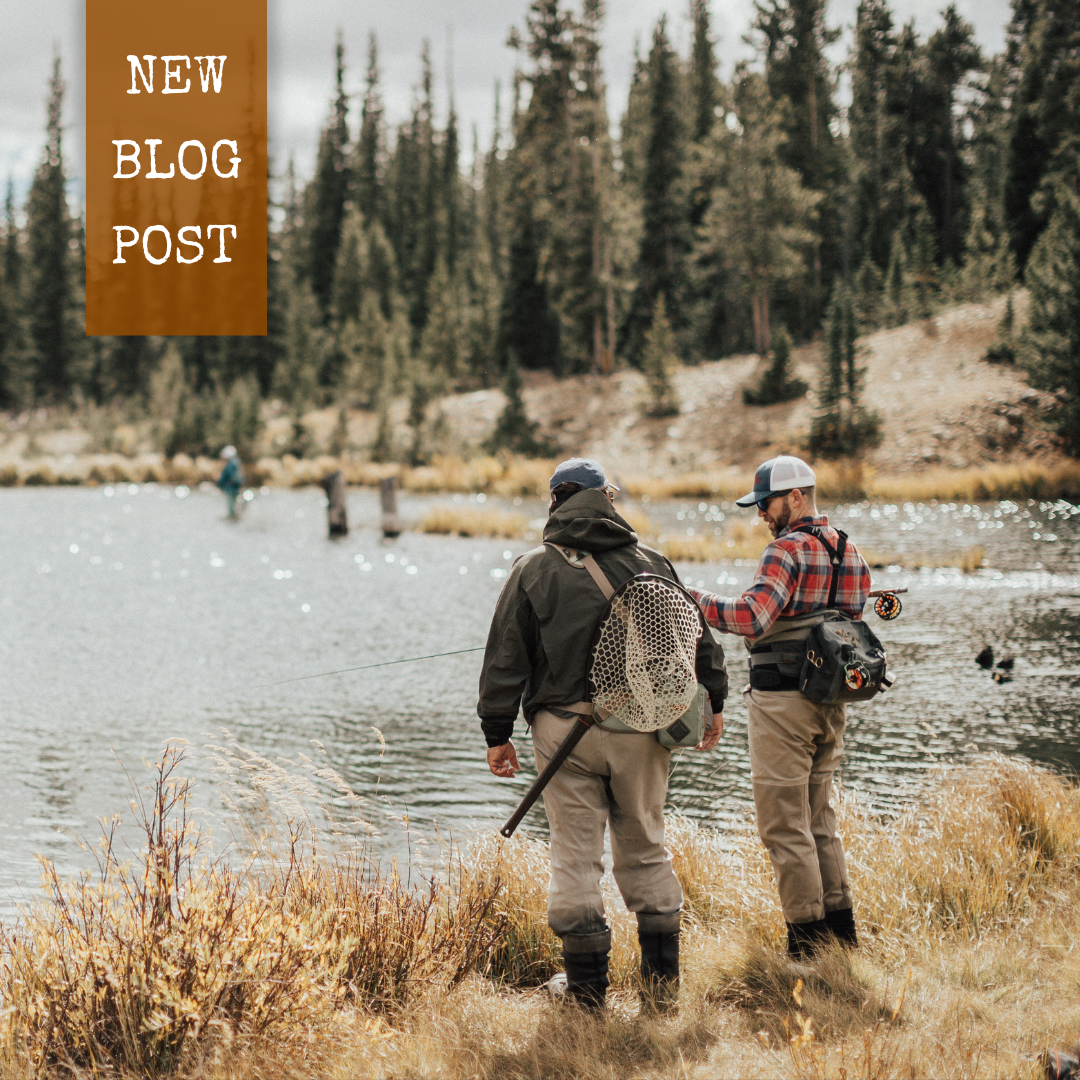
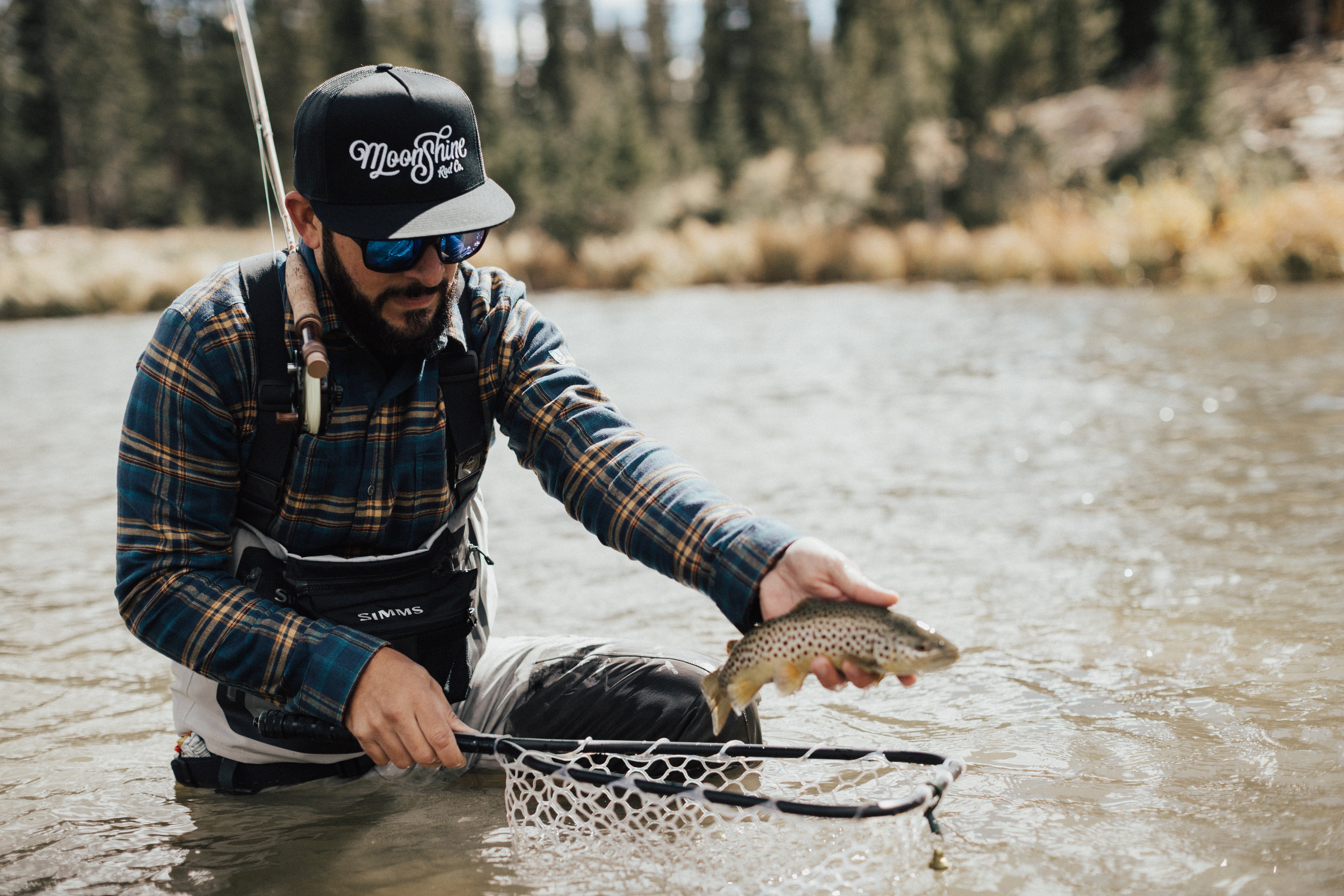
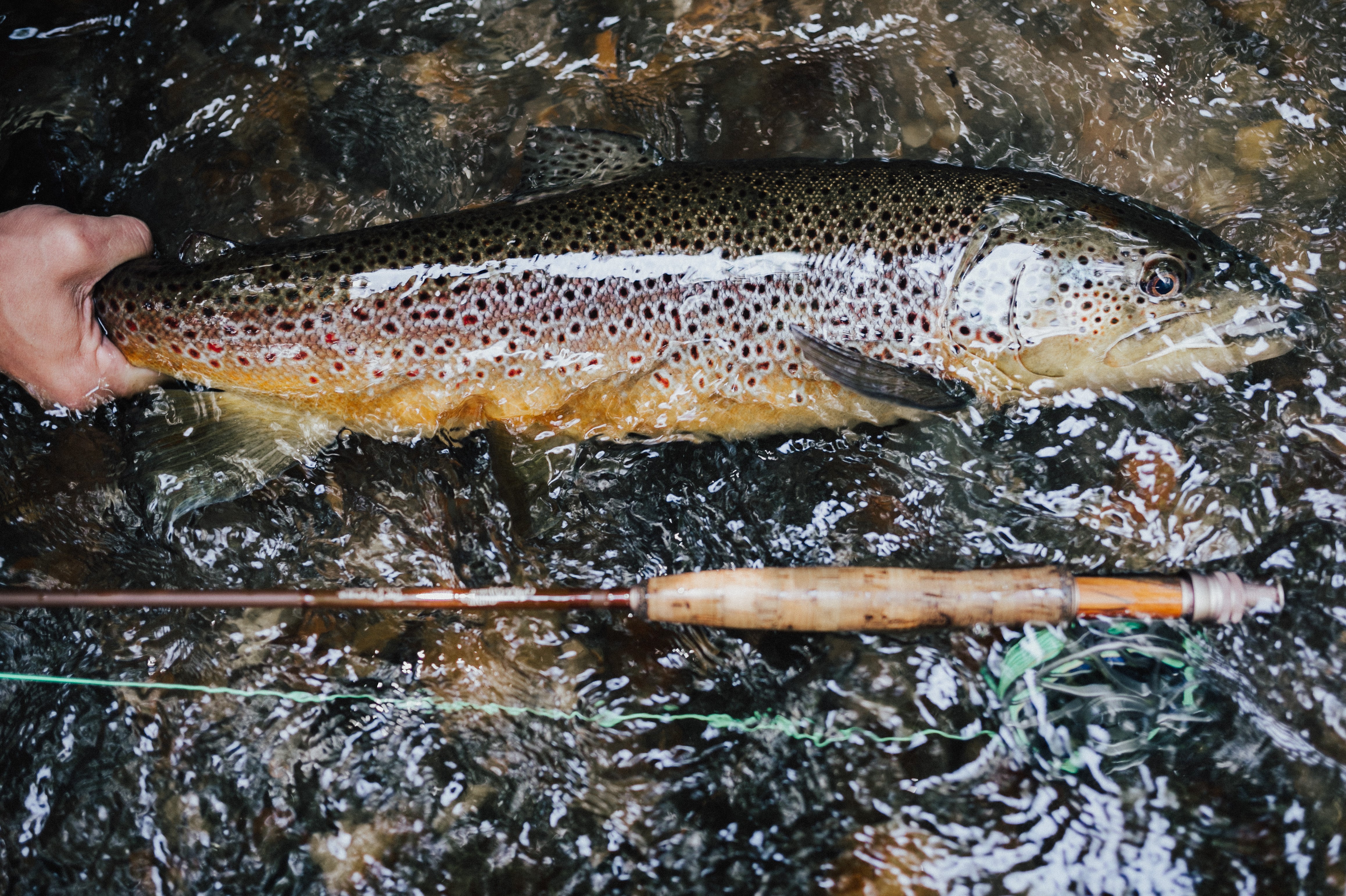
1 comment
Bart Crowe
Great presentation.
Leave a comment
All comments are moderated before being published.
This site is protected by hCaptcha and the hCaptcha Privacy Policy and Terms of Service apply.